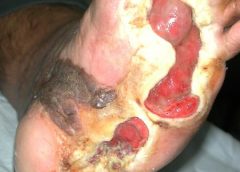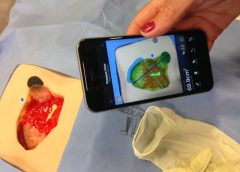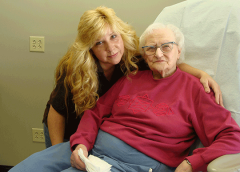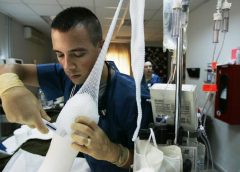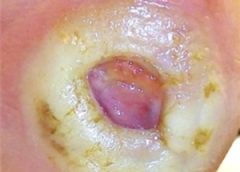BY: NANCY MORGAN, RN, BSN, MBA, WOCN, WCC, CWCMS, DWC
Support surfaces are geared for managing our patients’ tissue load and redistributing it to prevent skin breakdown. There are three types of pressure redistribution mattresses available, classified as group 1, group 2, and group 3. Group 1 mattresses lack a power source and maintain a constant state of inflation. They include foam mattresses, gel mattresses, and air mattresses. Group 2 support surfaces, such as powered, low-air-loss, and alternating pressure mattresses use inflation and deflation to spread the tissue load over a large surface area. Group 3 mattresses include the air-fluidized mattress, a special type of powered mattress that provides the highest-pressure redistribution via a fluid-like medium created by forcing air through beads, as characterized by immersion and envelopment. (more…)
Read More

